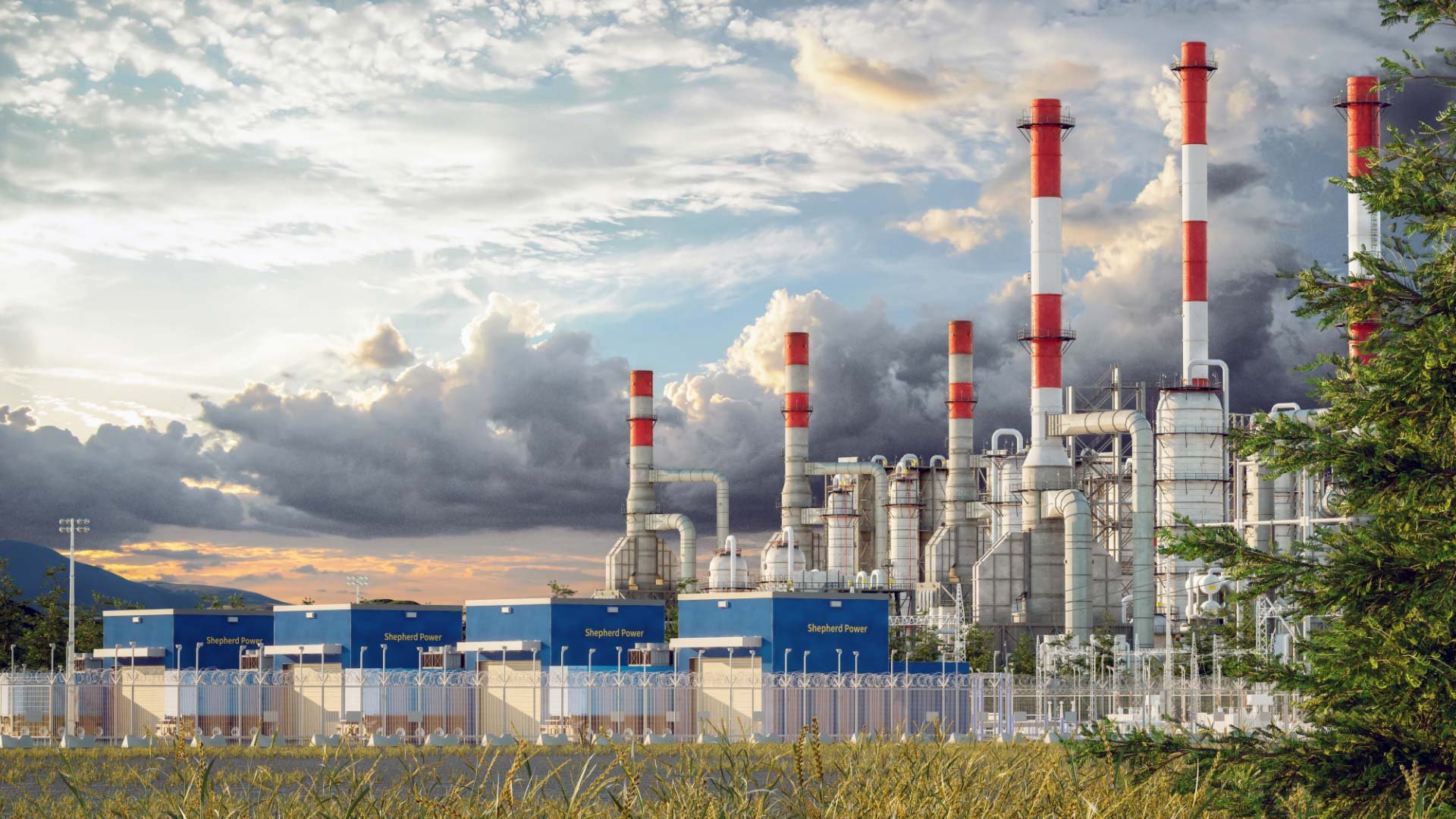
Shaping the nuclear landscape

Regulatory Approach
Unlike traditional nuclear power that uses conventional water-cooled reactors, advanced nuclear technologies generally use alternative cooling methods and mediums and innovative fuel forms. This enables enhanced safety and a compact operational footprint. By reimagining our approach to nuclear, we are creating more adaptable, responsive power generation solutions.
The Initial Challenge
The regulatory landscape was perceived to be a significant barrier for many of our customers. Through thoughtful dialogue with regulators, stakeholders, and industry partners, Shepherd Power identified 31 key regulatory issues critical to enabling the commercial deployment of advanced reactors.
A Proactive Approach
In early 2024, we engaged the Nuclear Regulatory Commission (NRC) with a constructive proposal that outlined specific schedule and budget parameters essential for commercial viability:
Licensing a reactor within 180 days of site identification and ensuring licensing and oversight costs remain less than 1% of total manufacturing and operational expenses.
Given the enhanced safety profile of advanced reactors and the ability to factory-fabricate these technologies, we believe these parameters represent a balanced and reasonable path forward.
Collaborative Progress
NRC’s openness and support in navigating advanced reactor licensing complexities have fostered a productive and collaborative environment. Our relationship with the NRC and the Nuclear Energy Institute (NEI) allows us to shape the nuclear landscape around predictable licensing pathways for micro-reactor technologies.
Shepherd Power remains committed to developing a commercially viable regulatory pathway, believing that meaningful progress emerges through mutual understanding and shared goals.


